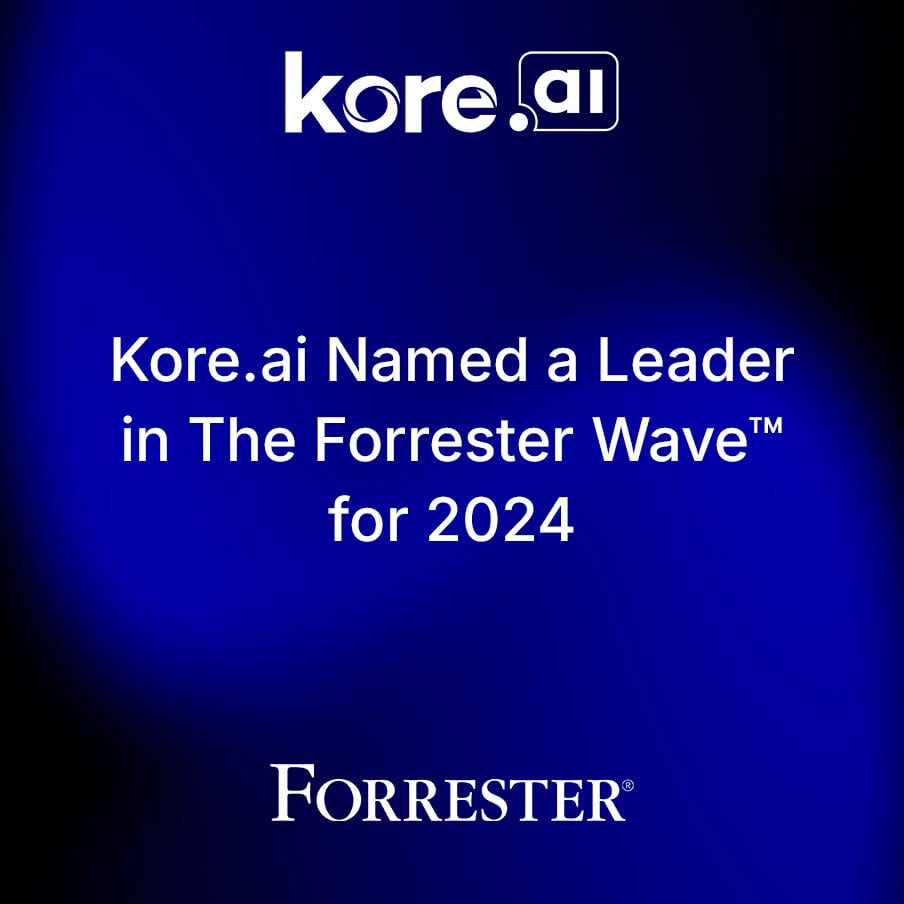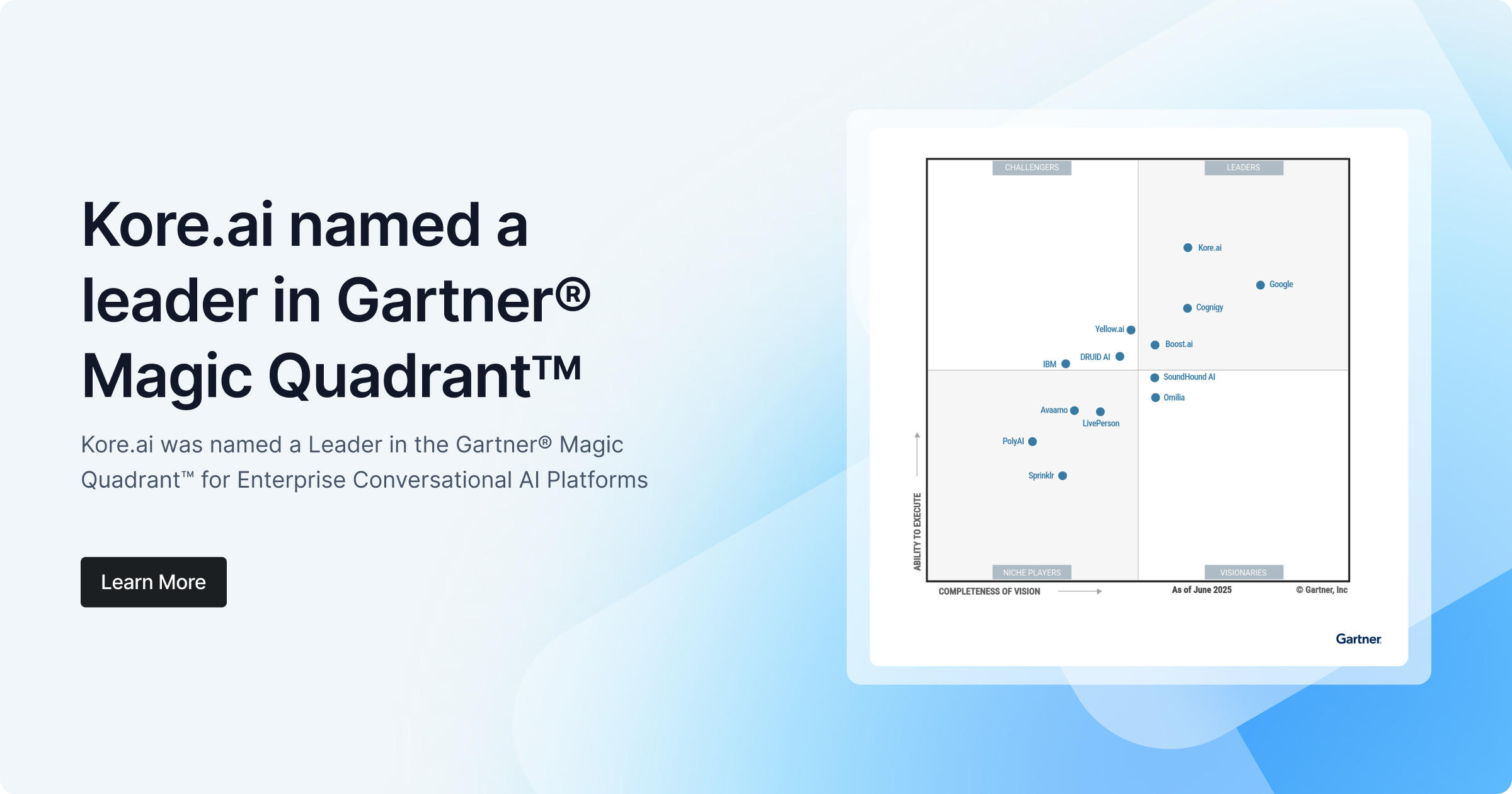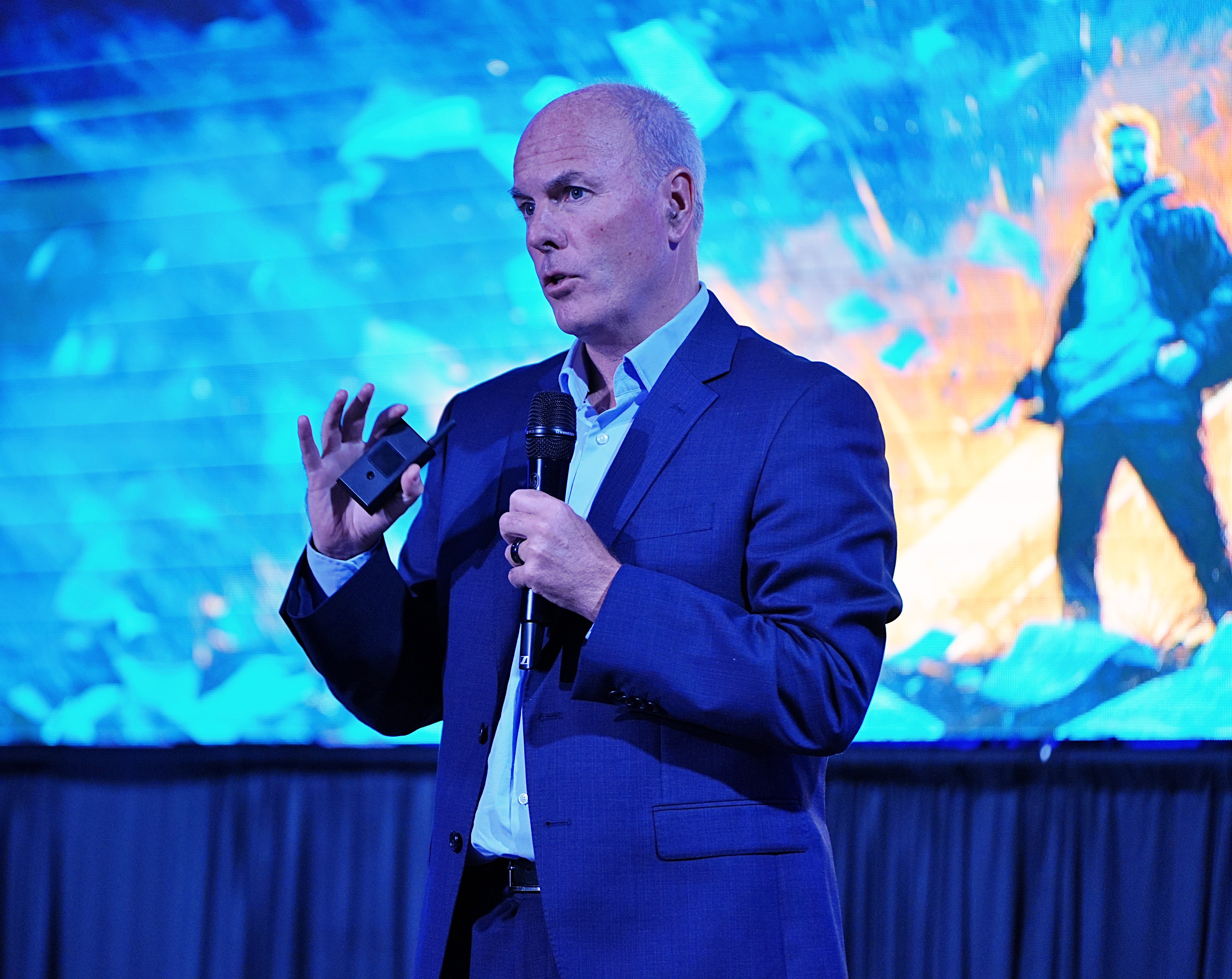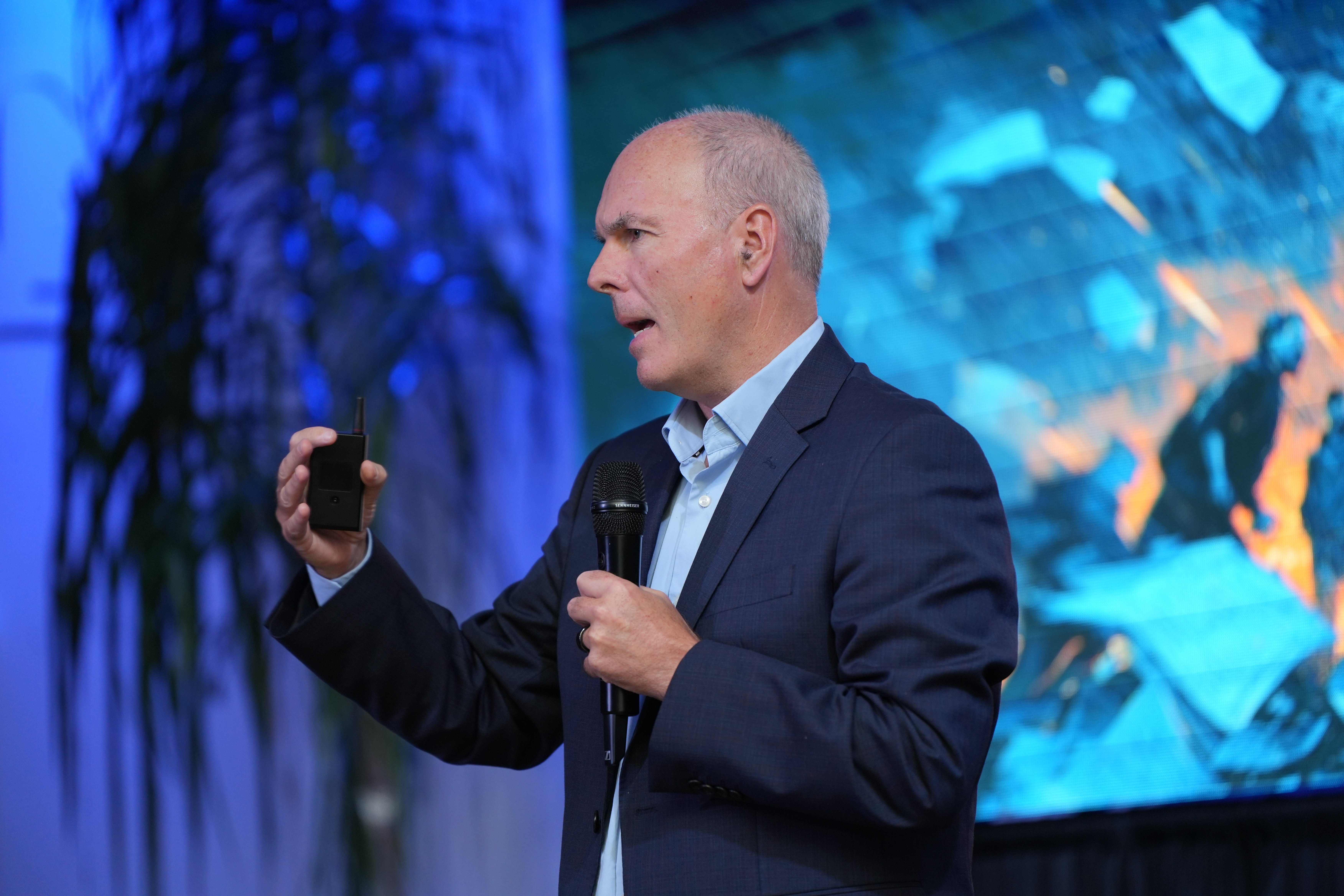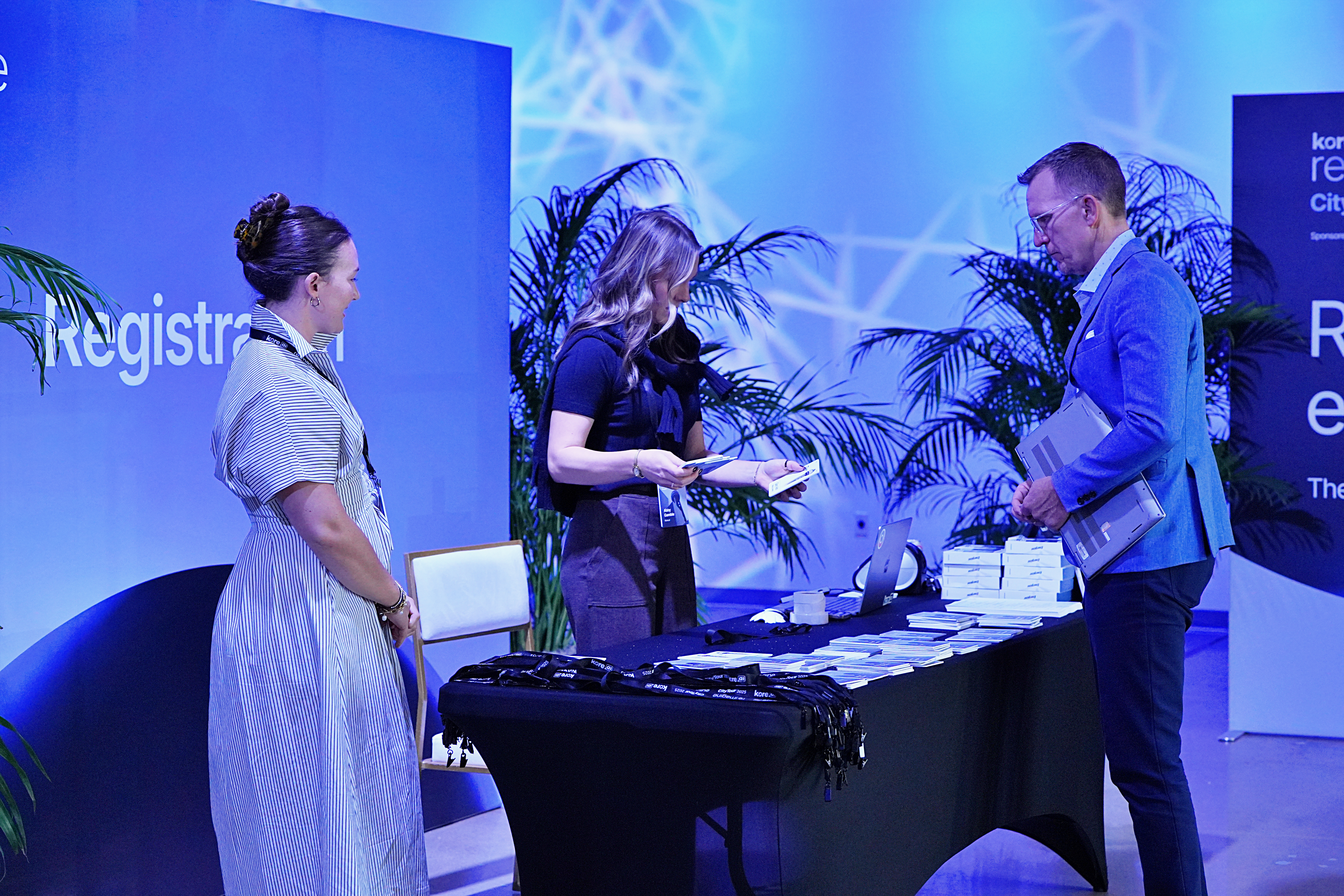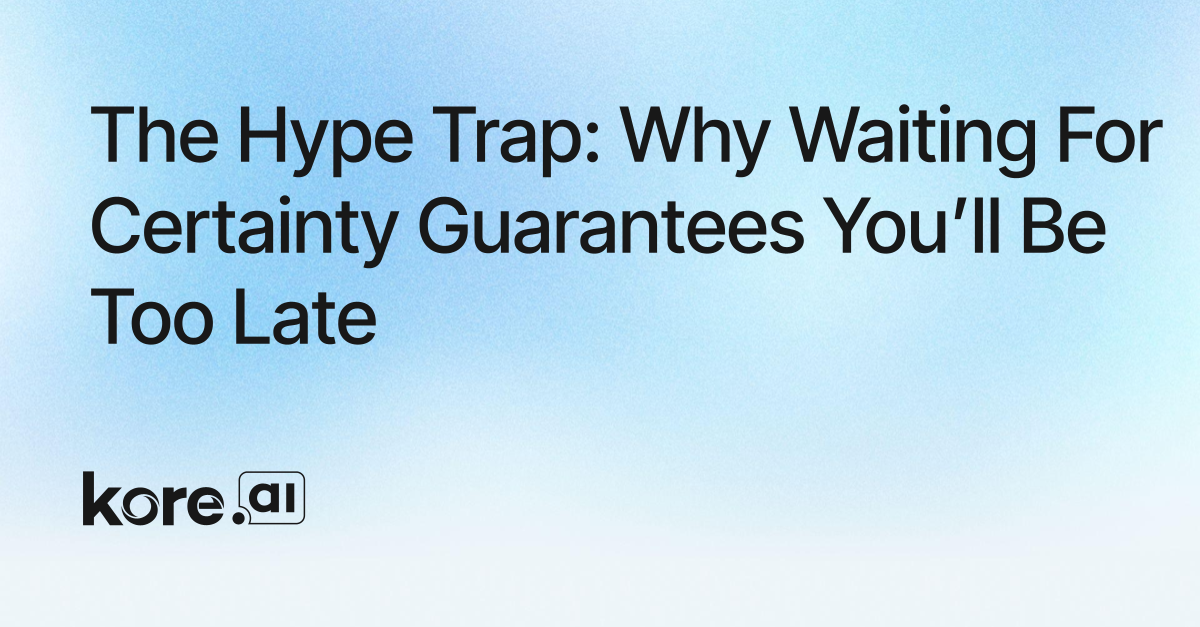A few years ago, a single cargo ship blocked the Suez Canal and froze nearly $10 billion in global trade each day. The shock, besides the world grinding to a halt, was how completely we’d misread our reality. For decades, we had optimized for demand: forecast it, stimulate it, capture it. But the real constraint wasn’t demand. It was supply. When that ship ran aground, it revealed that our global systems were built for the wrong world.
AI is revealing the same truth again—this time about cognition itself. For the first time in history, thinking has become free. AI can generate strategies, summaries, and analysis at a scale that once required teams of experts. Cognitive labor, once scarce and expensive, is now abundant. What’s scarce is judgment. When information floods every channel, the competitive edge moves from what you can produce to what you choose to trust and act on. That’s not a skill gap—it’s a structural inversion. And most organizations aren’t built for it.
The Hidden Costs of Free Thinking
Abundance creates its own kind of fragility. When anyone can generate a legal brief, a risk assessment, or a marketing plan in seconds, the challenge isn’t creation—it’s verification. What happens when three AI-generated reports all cite sources, all sound credible, and all contradict each other? Few organizations have processes—or people—trained to resolve that kind of cognitive noise at speed.
The same problem extends to tempo. AI operates in milliseconds; humans deliberate in meetings. Without synchronized human-AI operating rhythms, enterprises end up governing in hindsight—reacting to outcomes they no longer fully control. And then there’s accountability. When AI outputs a flawed decision, who bears responsibility—the user, the system, or the organization that deployed it? We’ve built governance for automation. We haven’t yet built it for autonomy.
Designing for the New Scarcity
Enterprises don’t need more “AI literacy” programs. They need verification infrastructure—defined processes to validate AI outputs before decisions are made. They don’t need generic reskilling initiatives. They need new professional disciplines: AI auditors, validation analysts, and human-in-the-loop governance leads who can translate abundance into confidence.
And they don’t need one-off transformation projects. They need operating models that assume cognitive labor is free—and build competitive advantage around judgment, context, and accountability. Hierarchies that were designed for information scarcity won’t survive information infinity. The next era of leadership will depend less on who has the answers and more on who knows how to verify them.
After the Change
The Suez ship was freed in six days. The ripple effects lasted for years. AI will follow the same pattern. The transition isn’t the crisis—it’s the reveal. It shows us that we built our institutions, our management systems, and even our sense of value around the cost of thinking. Now that cost has vanished.
The companies that will thrive aren’t the ones managing disruption. They’re the ones already operating as if thinking is free—and judgment is the scarce resource that defines leadership. Because it is.
